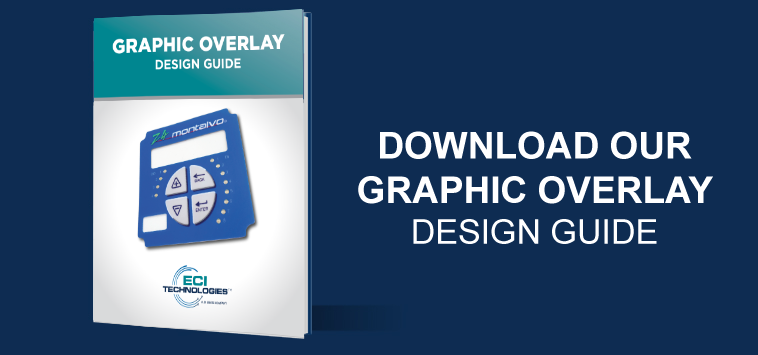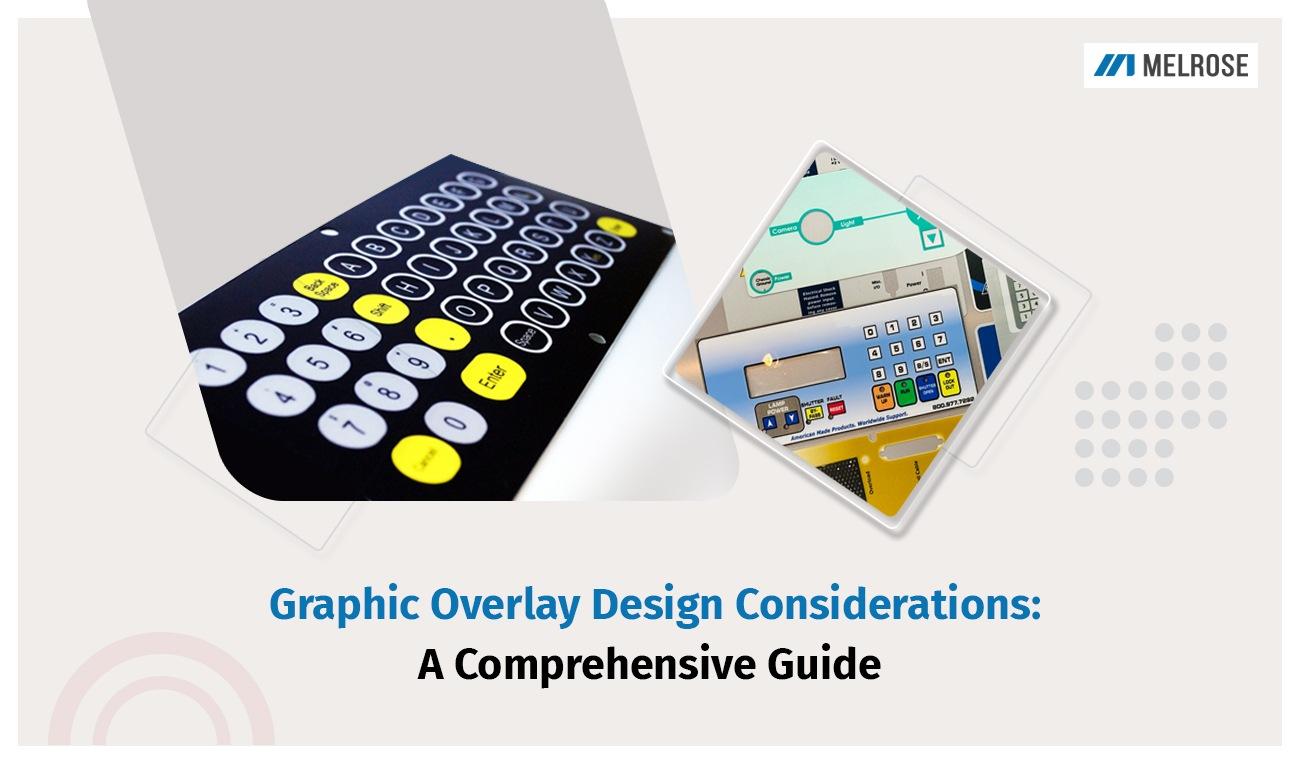Comprehending Exactly How Graphic Overlays Work to Improve Your Creative Tasks
Graphic overlays serve as a critical part in the realm of innovative tasks, enhancing both visual communication and target market involvement. The successful combination of these overlays calls for careful factor to consider of style concepts and purposes.
What Are Graphic Overlays?
Graphic overlays are visual components that are put on top of a base picture or interface to enhance interaction and customer experience. They serve different objectives, including offering extra info, directing individual interaction, and boosting visual allure. Usual applications of graphic overlays can be found in digital interfaces, advertising, and instructional products.

Graphic overlays are commonly developed making use of design software application, enabling designers to control color, openness, and dimension to achieve the desired result. They can be dynamic or static, with computer animations that attract the viewer's eye and enhance interaction. The strategic use of visuals overlays not only enhances visual power structure but likewise help in providing a clear and coherent message. Recognizing just how to efficiently carry out visuals overlays is critical for designers intending to raise their creative jobs.

Advantages of Making Use Of Graphic Overlays
Using visuals overlays can significantly improve the performance of aesthetic interaction across numerous mediums. One of the key benefits is the ability to communicate complicated information succinctly. By layering graphics, message, and pictures, overlays assist in the presentation of data in a much more digestible format, making it easier for target markets to grasp key principles swiftly.
Furthermore, graphic overlays can enhance visual appeal, drawing interest to details components within a style. This is especially helpful in marketing and advertising, where capturing the viewer's rate of interest is paramount. The critical use of colors, shapes, and typography in overlays can develop a interesting and cohesive aesthetic story, improving brand name acknowledgment.
In addition, graphic overlays provide adaptability in layout. They allow developers to adjust material for various systems without beginning from scrape, making sure uniformity throughout various networks. This adaptability is vital in today's digital landscape, where web content needs to be enhanced for varied gadgets and styles.
Sorts Of Graphic Overlays
When taking into consideration the various types of visuals overlays, it is important to recognize their varied applications across various markets. Graphic overlays can be classified mainly right into three types: functional, decorative, and informational.
Practical overlays are created to enhance the usability of a product. Generally located in digital tools, these overlays typically provide tactile responses with raised buttons or textured surfaces, enhancing individual interaction. They can also act as a protective layer, safeguarding the underlying elements from deterioration.
Attractive overlays concentrate on visual improvement, allowing brand names to express their identity with dynamic styles and custom-made graphics. These overlays prevail in product packaging, marketing, and point-of-sale materials, where aesthetic charm is essential for bring in customers.
Informational overlays, on the various other hand, are used to communicate essential data or directions. They can be seen in applications such as signage, customer handbooks, and training graphics, where clarity and readability are critical.
Each type of visuals overlay serves an one-of-a-kind purpose, adding to the total efficiency of creative jobs while resolving particular requirements within different markets. Understanding these distinctions is essential for see here picking the best overlay for your task.
Finest Practices for Application
To make sure the successful execution of visuals overlays, it is essential to develop a clear understanding of the task's purposes and the particular demands of the end-users. Begin by carrying out detailed study to recognize the target market and their preferences, as this will inform layout selections and capability.
Following, produce a detailed plan that outlines the overlay's assimilation, layout, and function procedure. This strategy ought to include individual interface considerations, ensuring that overlays improve instead than obstruct the customer experience - Graphic Overlays. Preserve and think about the aesthetic power structure consistency in layout components, such as color typefaces, symbols, and schemes, to advertise brand comprehensibility
Examining is important; collect comments from a representative sample of individuals to identify prospective issues and locations for enhancement. Iterate on the design based upon individual input and efficiency data. Additionally, make certain compatibility throughout different devices and systems to make best use of availability.
Devices for Developing Overlays
Developing effective graphic overlays calls for the right tools to equate layout concepts into functional applications. Different software program and platforms are offered, each customized to details demands and skill levels.
Adobe Photoshop and Illustrator are market criteria, offering substantial capacities for producing and manipulating overlays. These tools supply innovative features such as layer management, blending settings, and vector graphics, enabling designers to develop intricate and top notch overlays.
For those seeking a much more easy to use technique, Canva and Figma are outstanding options (Graphic Overlays). Canva's intuitive user interface enables users to develop overlays link rapidly using pre-designed layouts, while Figma promotes collective style in real-time, making it excellent for groups
In addition, open-source alternatives like GIMP and Inkscape give durable functionalities without the associated costs of proprietary software application. These tools enable flexibility in layout and can suit numerous documents styles, making sure compatibility across different platforms.

Conclusion
To conclude, this page graphic overlays work as powerful tools for boosting innovative jobs by supplying visual clarity, aesthetic allure, and brand name consistency. Their diverse applications, ranging from useful to attractive, emphasize their versatility in communication. Following ideal methods and using suitable tools ensures efficient execution and takes full advantage of the impact of overlays. By understanding the basic concepts and benefits connected with visuals overlays, makers can considerably enhance the top quality and effectiveness of their visual interactions.
Graphic overlays serve as an essential part in the world of creative jobs, boosting both aesthetic interaction and audience involvement.Graphic overlays are frequently developed using style software application, enabling designers to control shade, size, and openness to accomplish the preferred result.Additionally, visuals overlays can improve visual allure, attracting attention to certain elements within a style.In addition, graphic overlays offer adaptability in style.In conclusion, graphic overlays serve as effective devices for improving innovative jobs by providing visual clearness, visual allure, and brand name uniformity.
Comments on “How to Choose the Best Graphic Overlays for Your Product Applications”